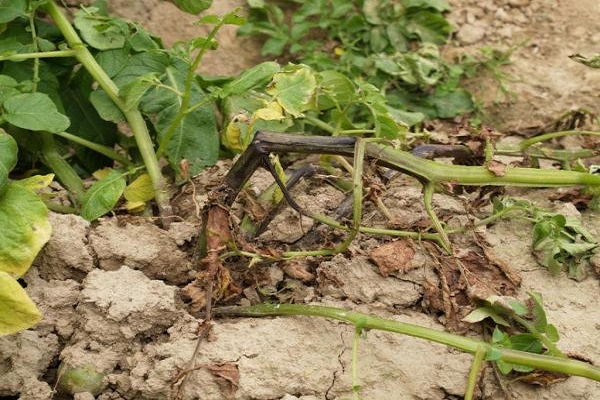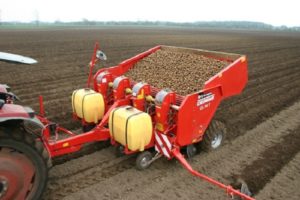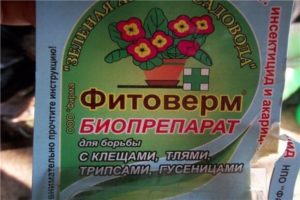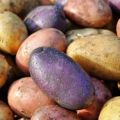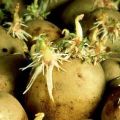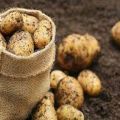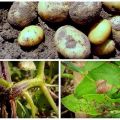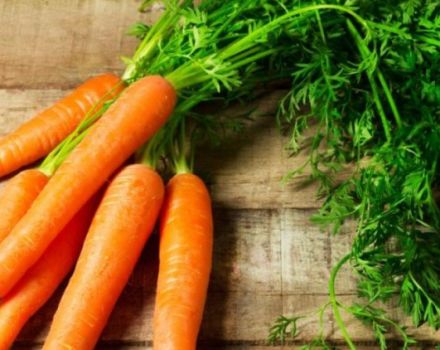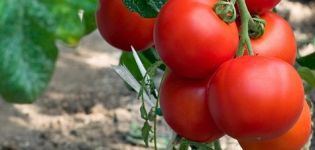How to deal with blackleg on potatoes?
Planting tubers in the ground is only half the battle; you also need to take care of them to get an excellent harvest. Blackleg potato is a common disease of this crop. Many summer residents have faced this problem and are looking for ways to solve it. This is due to the fact that you can lose most of the harvest.
How do you know if a plant is infected?
Observing the appearance of the plant will help to timely identify potato disease and take measures to destroy it. A characteristic sign of the disease is the presence of blackening bases of the stems about 10 cm up. Hence the name.
The main symptoms of the onset of the disease:
- The first sign is yellowing of the leaves, curling and drying. Revealed in the period 3-4 weeks after germination.
- The stems and roots of the plant begin to blacken. And they easily come off at the site of defeat.
- During flowering, diseased bushes lag behind others in terms of development. The active development of the disease occurs precisely during this period.
- If the disease is at an advanced stage, then the bacteria move from the stem to the tubers.
- The joints of stolons with root crops become rotten and give off an unpleasant odor.
- In a rainy summer, the stem of a faded plant begins to deteriorate, the color turns dark green. If you squeeze it, there is an emptiness in this place.
- Bulba can become infected from the soil or from a nearby infected fruit. First, the potato becomes covered with brown spots, then the tuber tissue turns black and begins to rot.
- If the conditions are unfavorable for the development of the disease, it still develops, but in a slow form. It will begin to progress only next year.
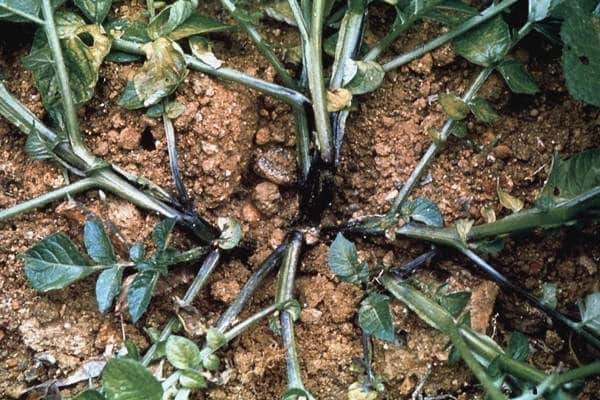
A careful examination of potato bushes will help to identify diseases in time and take the necessary preventive measures. After all, those bushes that were struck by a black leg do not form tubers.
What conditions are necessary for a virus to develop favorably?
No disease will begin to actively develop if the environment is opposed to it. Conditions that bacteria need for their active reproduction and progression:

- The presence of a virus in the soil. Finding the remains of infected plants in it.
- Planting contaminated seed.
- The potato was damaged during harvesting.
- The conditions for proper transportation and preservation of the vegetable were not met.
- The disease is transmitted by insect pests.
- Lack of nutrients in the soil.
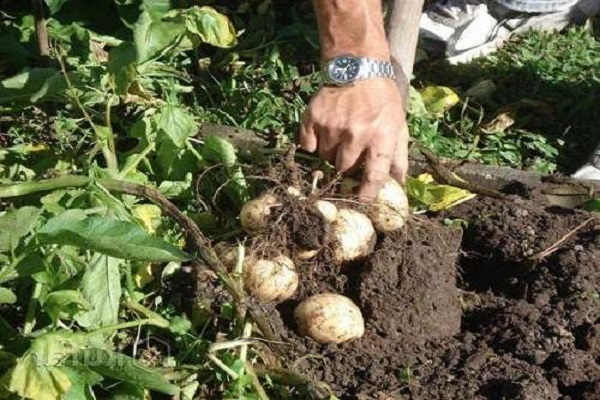
The disease progresses best in rainy weather and damp summers.
The breeders have not developed a blackleg resistant potato variety. But there are species that are more resistant to this disease.

What is the causative agent of the disease?
It is a kind of bacteria that is stick-shaped. If the conditions suit them, they multiply very quickly. Uniting in colonies, they begin to infect plants. Many cultures are susceptible to this disease, so it does not experience a lack of nutrition.
The bacteria cannot overwinter in the soil on their own, so it looks for plant remains, tubers. Will survive the winter in the stem or root of weeds. With the onset of warmth, it continues to reproduce. That is why it is recommended to remove all plant residues from the fields.
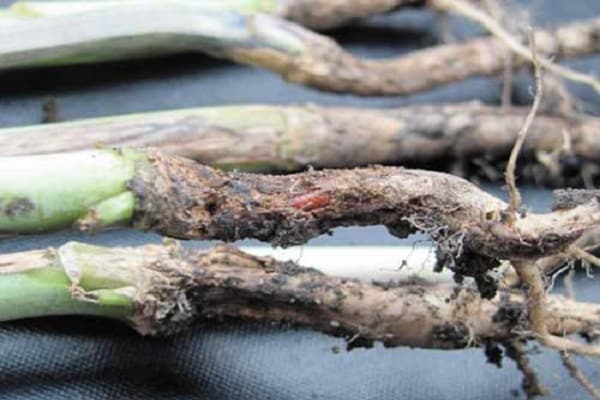
How to deal with blackleg on potatoes?
There are years of proven disease control measures. It develops very quickly and remains on all plant debris. Effective methods of treatment are competent prevention:
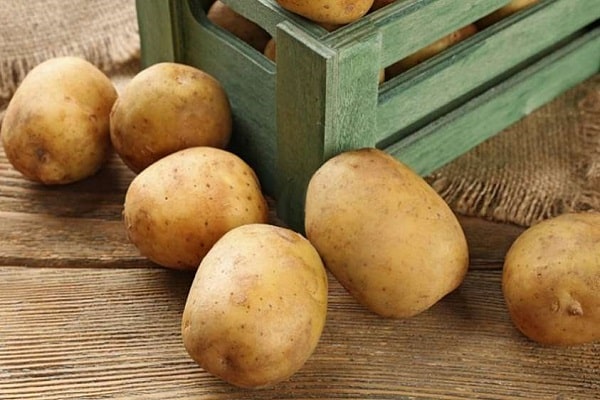
- Quality seeds. It is advisable to plant tubers that have sanitary documents on compliance with quality standards.
- Uncontaminated soil. It is imperative to carry out crop rotation. If the site is already infected, it is best to refrain from growing potatoes on it for the next 3-4 years.
- Fertile soil. The best environment for disease development is moist clay soil. The acid contained in its composition can be neutralized by dolomite flour. It also destroys bacteria.
- Top dressing. Microorganisms cannot tolerate sulfur. If the lower part of the plant turns black, then the infection has begun. You can treat them with ammonium sulfate.
- The drug "Effecton". Take 3 tbsp. spoons per 10 liters of warm water, processing is carried out before the first hilling.

- Removal of infected bushes. After the detection of the focus of the disease, the affected plants are pulled out and burned or buried to a depth of at least 1 m. At the same time, sprinkling with bleach. The bushes need to be removed several more times, before the end of the flowering period. The place where the diseased plants grew is sprinkled with a mixture of wood ash (liter jar) with copper sulfate (1 tsp).
- Pre-harvest prevention. The tops should be mowed about a week before digging. Parts of the plant affected by rot are burned in an area that does not belong to agricultural crops.
- Collect only on dry days. Be sure to remove adhering dirt particles. If the tubers from the infected bush appear healthy in appearance, it is better to remove them separately. By being in the vicinity of a healthy root vegetable, they can infect it. And so along the chain the disease will spread through healthy vegetables.
- Prevention before storage. Drying of the harvested crop is carried out in the sun, or in specially designated places. Seed material can even be greened a little.
- The drug "Maxim". They are sprayed with potatoes before storing them. 100 ml of the drug per 1 liter of water.
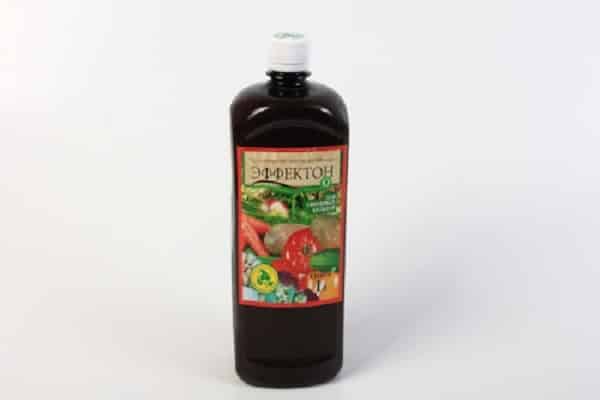
- Drying of premises. A few months before harvesting storage of potatoes all warehouses and cellars ventilate. And they are treated with disinfectants, lime and vitriol.
- Equipping the premises with ventilation and creating the optimal temperature. The ventilation is mechanical, and the temperature is approximately + 1–3 ⁰С.
- Prevention of disease after flowering. To slow the rate of development of the disease, you can sprinkle the infected bushes with ash or treat with a solution of potassium permanganate (3 g per 10 liters of water).
- Processing of planting material. This is done in the fall or in the spring itself. Special preparations, phytosporin consumption, bactofit and others are purchased.
- Disinfection of instruments, provided that the seed is cut. In order to prevent bacteria from spreading to healthy tubers, it is recommended to dip the knife into a solution of potassium permanganate.
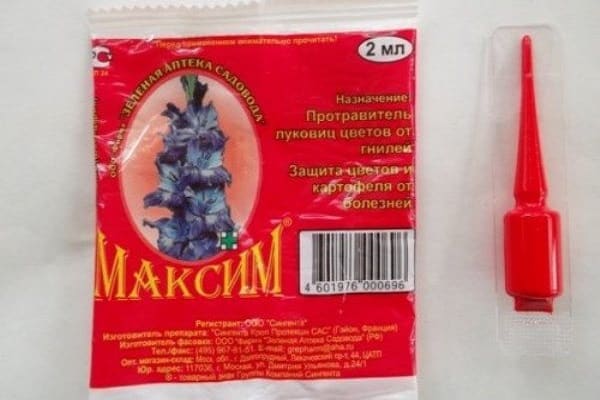
A preventive measure is the destruction of insect pests, they are carriers of the disease.
It is necessary to treat plants immediately after the detection of a disease. So you can save neighboring plants from spreading the disease throughout the site.

Summer residents advice
Black leg disease is very progressive. In order to prevent most of the harvested crop from rotting, summer residents are advised to pay more attention to the prevention of the disease. Since treatment is a laborious process. The presence of blackening stems indicates the active development of the disease. To prevent development will help:
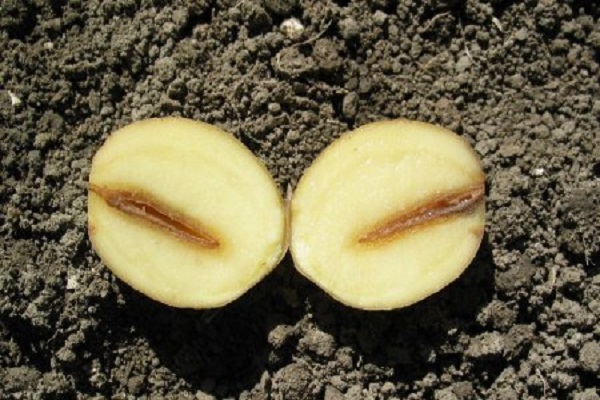
- Weeding three times. Remove painful plants at least three times. With the subsequent disinfection of germination sites.
- Treatment with preparations of seed and the site itself after germination.
- Regular inspection of the bushes, at least once a week.
It is important to remember that any business is taken seriously. Observing the measures, rules and requirements, they get an excellent harvest. Everything is in the hands of the gardener.
